Wildebeest Migration
The Great Wildebeest Migration
Nature’s Most Spectacular Wildlife Event
Experience one of the greatest natural wonders on Earth — the Great Wildebeest Migration, a breathtaking journey of over 1.5 million wildebeest, joined by hundreds of thousands of zebras and gazelles, as they move through the Serengeti in Tanzania and the Maasai Mara in Kenya in search of fresh grazing.
This epic annual cycle follows the rhythm of the rains, spanning over 1,800 miles across treacherous rivers, sweeping savannahs, and predator-filled plains. It’s a raw, unfiltered display of life, survival, and instinct in action — and a once-in-a-lifetime spectacle for those lucky enough to witness it.
The migration offers unforgettable moments:
The exact timing of the Great Wildebeest Migration is completely dependent upon rainfall patterns, making it a difficult thing to predict with any certainty. A particularly heavy or light rainfall might completely alter the movement of the massive herd, so it is best to get daily updates leading in to your trip.
That being said, there is a rough calendar that can usually be relied upon.
January to March
Life begins for a huge number of animals in the Ndutu region of the Ngorongoro Conservation Area. In the space of a few short weeks, the calving season sees half a million young wildebeest brought into the world. This is due to the rainy season combining with the fertile volcanic soil of the region to create a lush carpet of short grass rich in essential vitamins.
It is here that the vast herd begins to take shape, and it is here that the predators begin their yearlong assault upon the herd. With so many young and weak calves stumbling around, it becomes easy for the lions, leopards, and cheetahs to pick off a tasty morsel.
April to May
With the wet season ending in the south of the Serengeti, it is time for the herd to begin moving north. At this stage it numbers approximately 1.7 million wildebeest, 470,000 species of antelope, and 250,000 zebras, and has attracted a motley collection of predators who will dog its steps for the entirety of its journey.
The great movement usually passes through the Seronera region of the Serengeti at this stage, and with so many young and inexperienced members of the herd, the predators have a field day.
June to July
The herd encounters its first major obstacle at this point. As Lake Victoria experiences its own miniature wet season, the herd shifts direction and treks towards Africa’s largest freshwater lake in search of sustenance.
The only thing standing between them? The Grumeti River.
Some of the most spectacular images of the predator-prey relationship are captured in and around the river, with both the big cats and the Nile crocodiles seizing upon this opportunity to strike at the increasingly desperate members of the herd. The Grumeti is home to the largest Nile crocodile population in the region, and these opportunistic predators make the most of things.
Once they’ve successfully navigated the river’s strong currents and predator population, the herd can spend some time recovering and replenishing on the Musabi and Masira grass plains until it becomes time to move on again.
August to November
During this period, the herd continues its movement north towards the Maasai Mara National Park in Kenya. There is no tight schedule that these animals follow, and so tracking the herd’s movements becomes a day to day prospect as the meander slowly but inexorably towards the next big obstacle in their path: the Mara River.
The Mara River poses another deadly barrier for the herd, who must again brave swollen waters and the opportunistic predators if they are to find relatively safety on the far side. Photographers and documentarians from around the world gather to witness the death-defying crossing, but the surrounding landscapes are every bit as memorable as the life and death struggle taking place at the Kogatende crossing.
December
After having spent some time in the greener lands of the Maasai Mara after their crossing, the great herd begins the process of returning to the calving area in the southern Serengeti. The rivers must be crossed again and the way is long, but the herd at this point is better prepared for the journey after nearly a year of growth for the calves strong enough to have survived the journey so far.
By either year’s end or early in the New Year, the herd has returned to Ndutu in time to begin the whole process again.
Whether you're flying into the Serengeti or traveling by road through the heart of East Africa, witnessing the Wildebeest Migration is a bucket-list safari experience that will stay with you forever.



